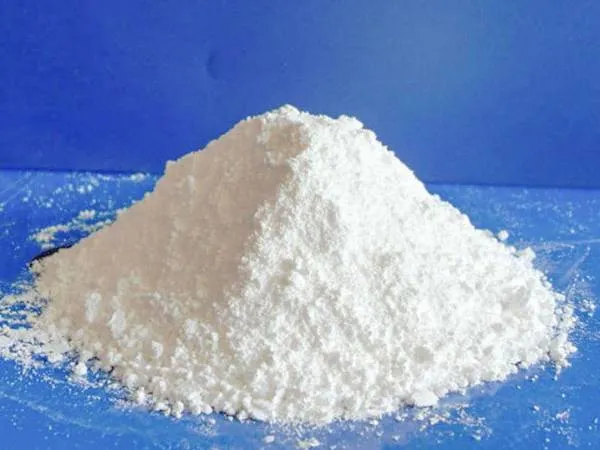



Paint Chemicals and Additives You Should Know
Types of additives in paint play a crucial role in enhancing performance, durability, and appearance. Common additives include anti-settling agents, thickeners, defoamers, UV stabilizers, and biocides. These materials are mixed into paint formulations to improve flow, prevent defects like bubbles, and extend shelf life. Some additives help in quicker drying, while others make paint more resistant to mold or harsh weather. Understanding different types of additives in paint ensures better outcomes whether you’re working on home walls or industrial surfaces.

Types of Paint Additives You Often Use
Types of paint additives vary based on what the paint is intended for—interior walls, cars, marine coatings, or industrial equipment. Thixotropic agents improve viscosity and flow control, wetting agents help paint spread evenly, and preservatives prevent microbial growth. Some types of paint additives also provide anti-corrosion properties for metal surfaces. Every additive has a targeted purpose and is selected to meet the requirements of the specific paint application. Choosing the right additive makes a significant difference in quality and finish.
Types of Solvent in Paint and Their Uses
The types of solvent in paint influence drying time, film quality, and environmental impact. Water is the most common solvent in water-based paints, while mineral spirits, acetone, toluene, and xylene are typical in oil-based paints. These types of solvent in paint dissolve binders and help apply paint smoothly onto a surface. Fast-evaporating solvents allow for quicker drying, while slower-evaporating ones offer better leveling. Understanding solvent types is crucial for safety, efficiency, and paint performance.
Paint Chemicals That Make a Difference
Many paint chemicals are involved in making paint durable, vibrant, and functional. These include pigments, binders, solvents, and additives. Pigments provide color, while binders ensure adhesion to surfaces. Additives give special properties like mold resistance or gloss control. Solvents adjust consistency and drying speed. Paint chemicals are precisely balanced to meet different industrial or consumer needs, from furniture coatings to anti-graffiti paints and fire-retardant formulations.
Paint and Chemical Composition in Detail
The paint and chemical makeup of any coating product includes four main components: pigment, binder, solvent, and additives. The balance of these components determines how the paint looks, behaves, and lasts. For example, alkyd resins offer durability for exterior coatings, while acrylics are favored for interior finishes. The right combination of paint and chemical elements provides resistance to UV rays, moisture, corrosion, and impact. Choosing the right formula ensures protection and beauty for years.
Paint Chemicals FAQs
What are the most important additives in paint?
Thickeners, defoamers, and preservatives are some of the key paint additives that improve stability, consistency, and shelf life.
Can I use paint with different types of solvents indoors?
Yes, but always check for low-VOC or water-based options when painting indoors to reduce health risks and odor.
Why do paint chemicals matter?
They determine how well the paint applies, adheres, dries, and resists wear or damage. Proper chemical composition ensures better long-term results.
What’s the safest paint chemical option for home use?
Water-based paints with natural or low-VOC content are safer and more eco-friendly for residential use.
Where can I buy paint additives and chemicals?
You can purchase high-quality paint additives and solvents directly from professional suppliers or by visiting our company website. We offer expert guidance, safe packaging, and fast shipping.
Fireworks contain a variety of chemicals that produce color, light, and sound when ignited. Similarly, paint chemicals are carefully engineered to create long-lasting color, smooth finishes, and protective layers. Whether you’re painting your home, equipment, or furniture, the right combination of paint chemicals makes all the difference. Don’t wait—explore our full product lineup online today. Visit our website for more details, request a quote, or place your order and give your project the finish it deserves.
-
How and Why to Disinfect Water Softeners for Safe, Reliable WaterاخبارNov.24,2025
-
Effective Deionized Water Disinfectant Solutions for Healthcare & Industrial UseاخبارNov.24,2025
-
Commonly Used Disinfectant for Drinking Water – Global Uses & InnovationsاخبارNov.23,2025
-
Chemical to Disinfect Water – Essential Solutions for Safe, Clean Drinking WaterاخبارNov.23,2025
-
Blue Water Disinfectant: Safeguarding Global Water Quality with InnovationاخبارNov.22,2025
-
Bleaching Powder for Water Disinfection – Affordable & Effective Water Treatment SolutionاخبارNov.22,2025
-
Bleaching Powder Drinking Water: Effective, Affordable Disinfection WorldwideاخبارNov.21,2025










